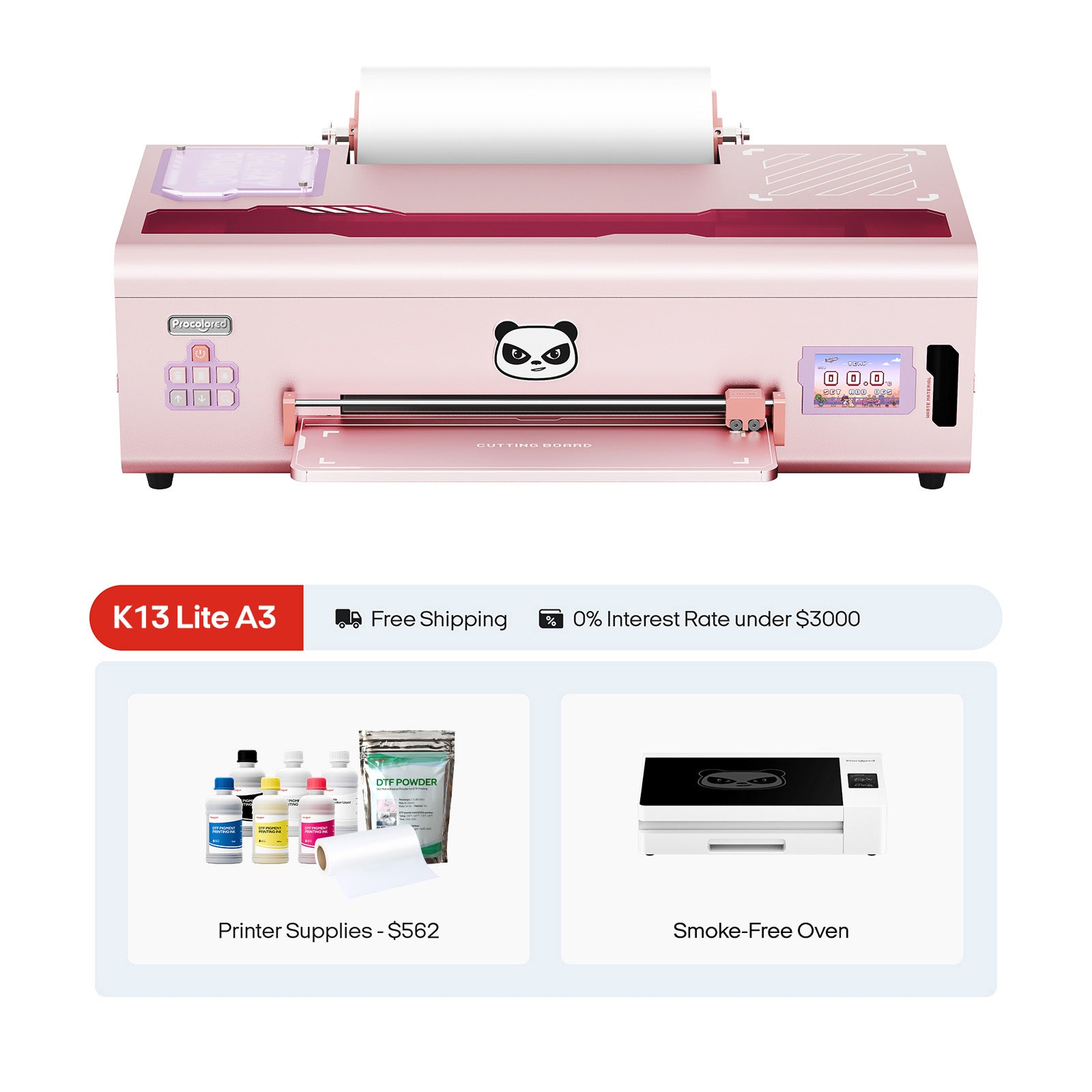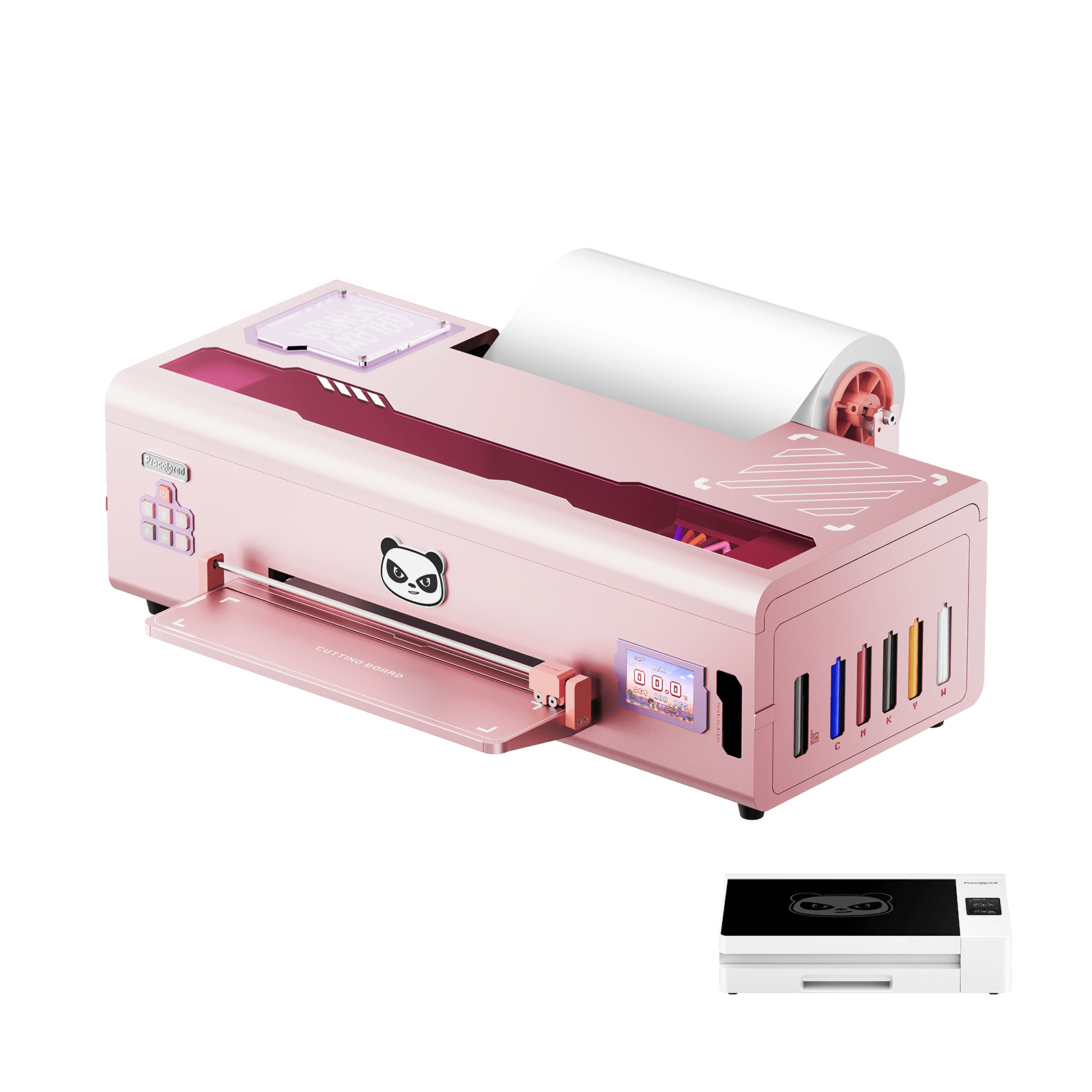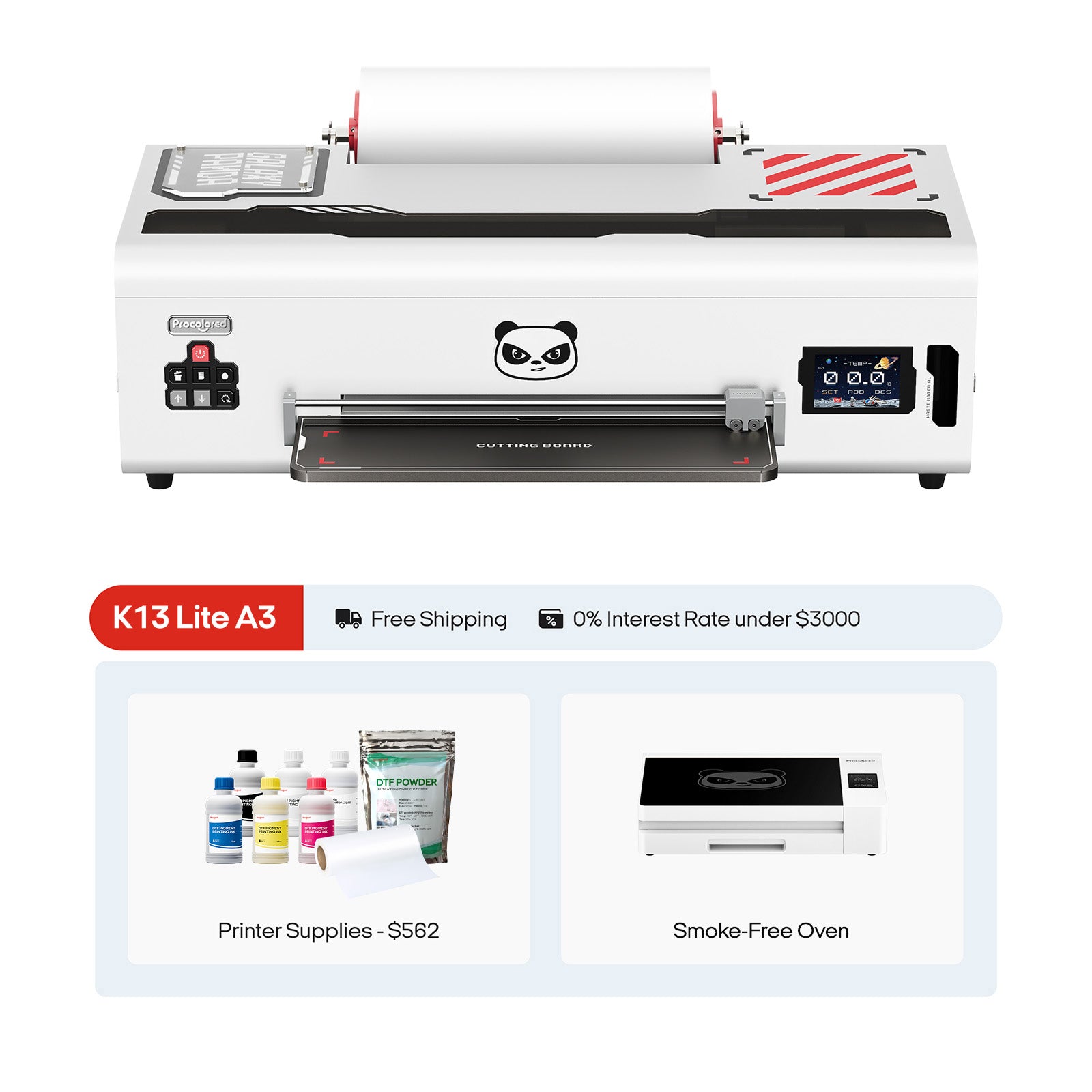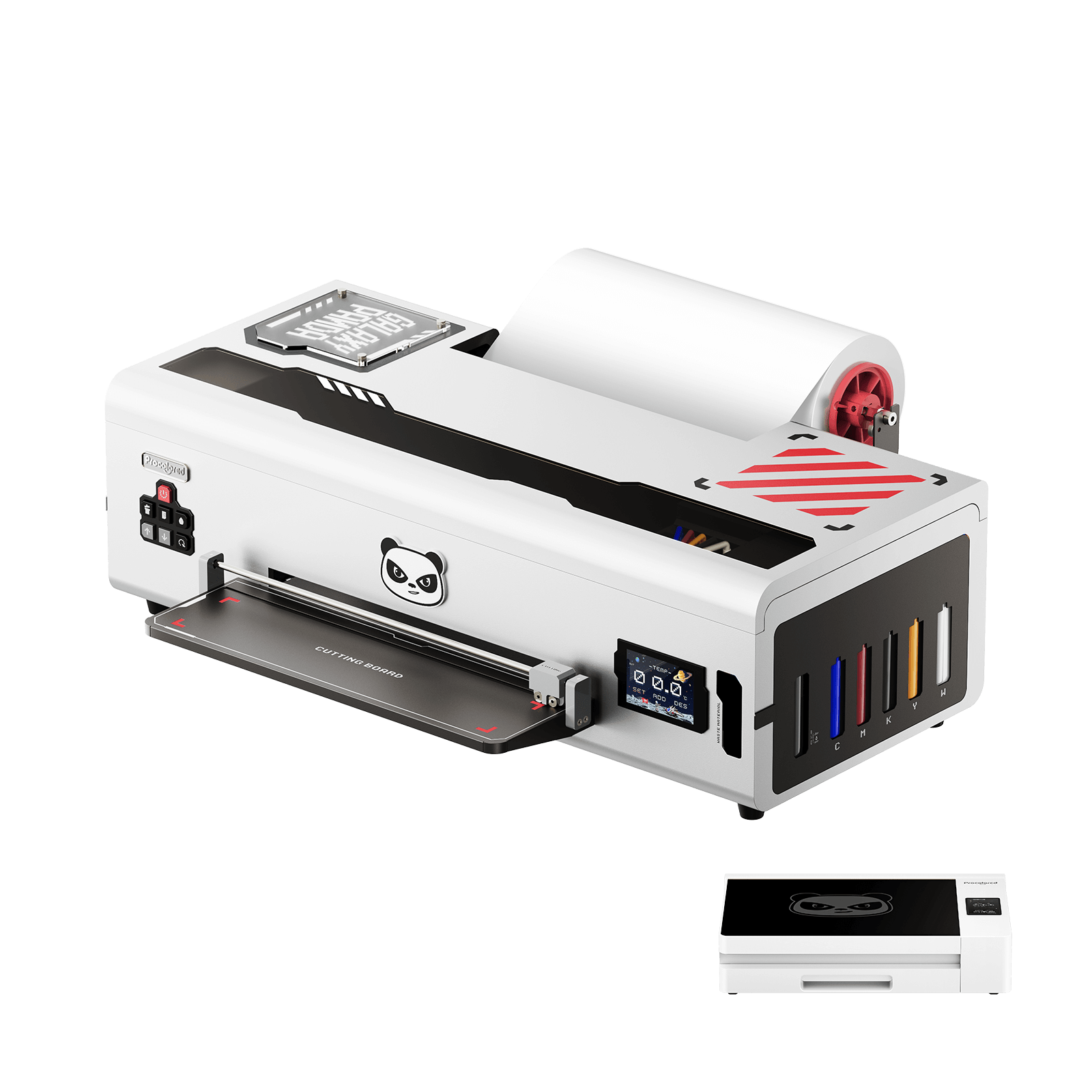1. What Makes a Printer Ideal for Fine Art Prints?
1.1 Color Accuracy & Wide Gamut
1.2 Print Resolution
1.3 Media Compatibility
1.4 Archival Quality
1.5 Print Size and Borderless Printing Options
1.6Connectivity and Workflow
2. Types of Printers for Fine Art Prints
2.1 Inkjet Printers-The Everyday Art Hero
2.2 Giclée Printers-The Gallery Ready Option
2.3 Dye-Sublimation Printers-for Non-Traditional Work
3. Best Fine Art Printers by Category (2025 Picks)
3.1 Best Overall: Epson SureColor P900
3.2 Best for Large Format Prints: Canon imagePROGRAF PRO-2100
3.3 Best Budget Option: Canon PIXMA PRO-200
3.4 Best for Professional Photographers: Procolored F13 Panda A3 DTF Printer
3.5 Best Compact Fine-Art Printer: HP ENVY Inspire 7955e
4. Key Features to Consider Before Buying
4.1 Ink Type: Pigment vs. Dye
4.2 Print Size Capabilities
4.3 Cost of Consumables
4.4 Color Management Tools
4.5 Ease of Use
4.6 Maintenance & Durability
5. Fine Art Paper Matters Too
5.1 Types of Fine Art Paper
5.2 Matching Paper to Printer
5.3 Top Paper Brands Worth Knowing
6. Tips for Getting Gallery-Quality Results
6.1 Use Proper ICC Profiles
6.2 Calibrate Your Monitor
6.3 Use High-Resolution Files (300 DPI or Higher)
6.4 Run a Test Strip First
6.5 Store Prints the Right Way
7. Frequently Asked Questions (FAQs)
8. Conclusion











